Every spring and summer, many well-meaning people encounter baby birds on the ground and face a dilemma: should they intervene or leave the bird alone? Understanding the difference between a helpless nestling and a normal fledgling can make all the difference in ensuring these young birds survive. This guide will help you identify what kind of bird you’ve found and provide clear steps on when to help, when to step back, and how to properly support these vulnerable creatures during their crucial developmental stage.
Understanding the Difference Between Fledglings and Nestlings
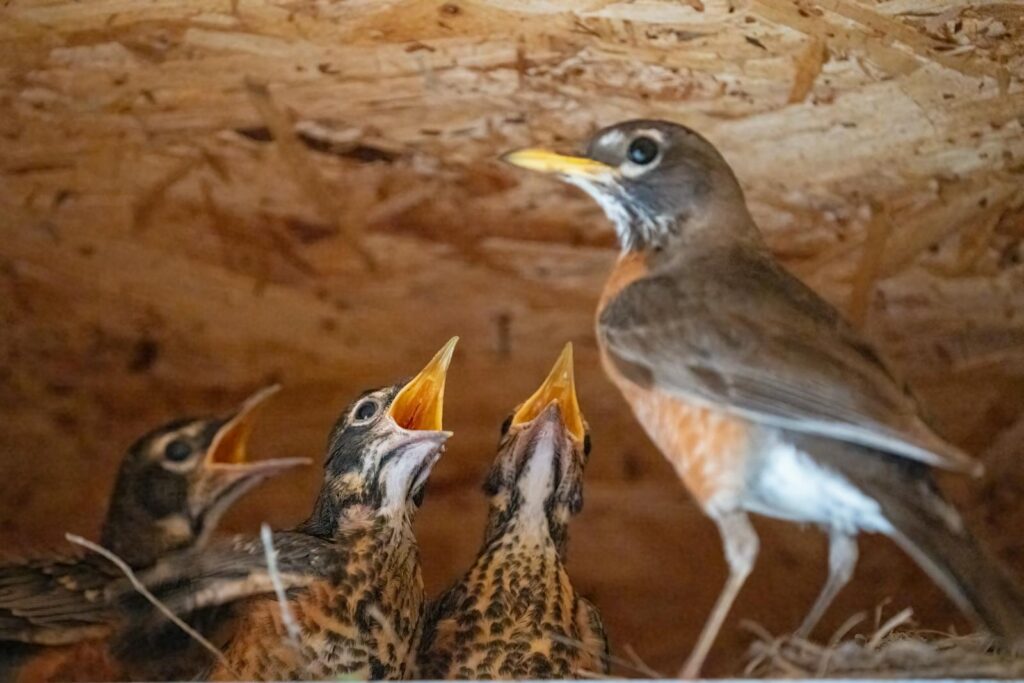
Before taking any action, it’s crucial to determine whether the bird you’ve found is a nestling or a fledgling, as this distinction will guide your response. Nestlings are very young birds that haven’t developed feathers yet—they typically have pink skin, closed or barely open eyes, and may have only wisps of down covering their bodies. Fledglings, on the other hand, have most of their feathers, can perch, hop, or flutter, but may not be able to fly properly yet. This awkward stage of development is normal and necessary, as fledglings learn critical survival skills on the ground under their parents’ watchful supervision. Mistaking a fledgling for an abandoned nestling is one of the most common errors people make when encountering baby birds outside of nests.
The Natural Fledgling Stage Explained
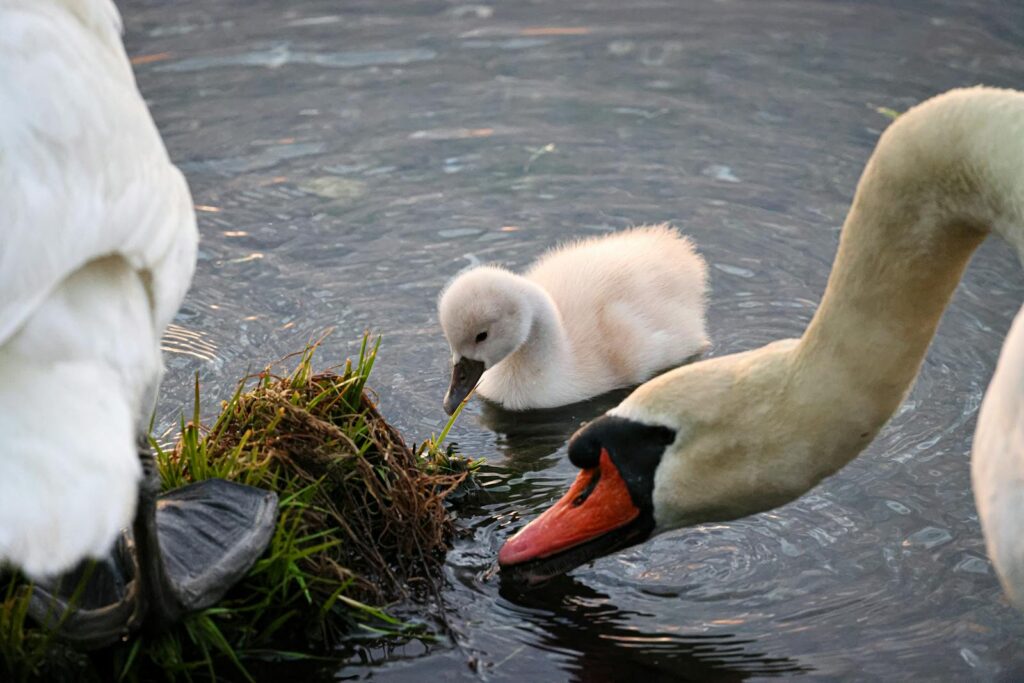
The fledgling stage is a crucial developmental period when young birds leave the nest but aren’t yet capable of sustained flight. This phase typically lasts anywhere from 2-14 days, depending on the species, and during this time, the young birds hop around on the ground, flutter to low branches, and practice the skills they’ll need to survive independently. Parent birds continue to feed and protect their fledglings during this vulnerable time, often watching from nearby trees or shrubs where they might not be immediately visible to human observers. The seemingly abandoned state of fledglings is an intentional strategy that helps prevent predators from finding multiple young birds in one location. Understanding this natural process helps us recognize when our intervention might disrupt rather than help this critical developmental stage.
Signs of a Healthy Fledgling
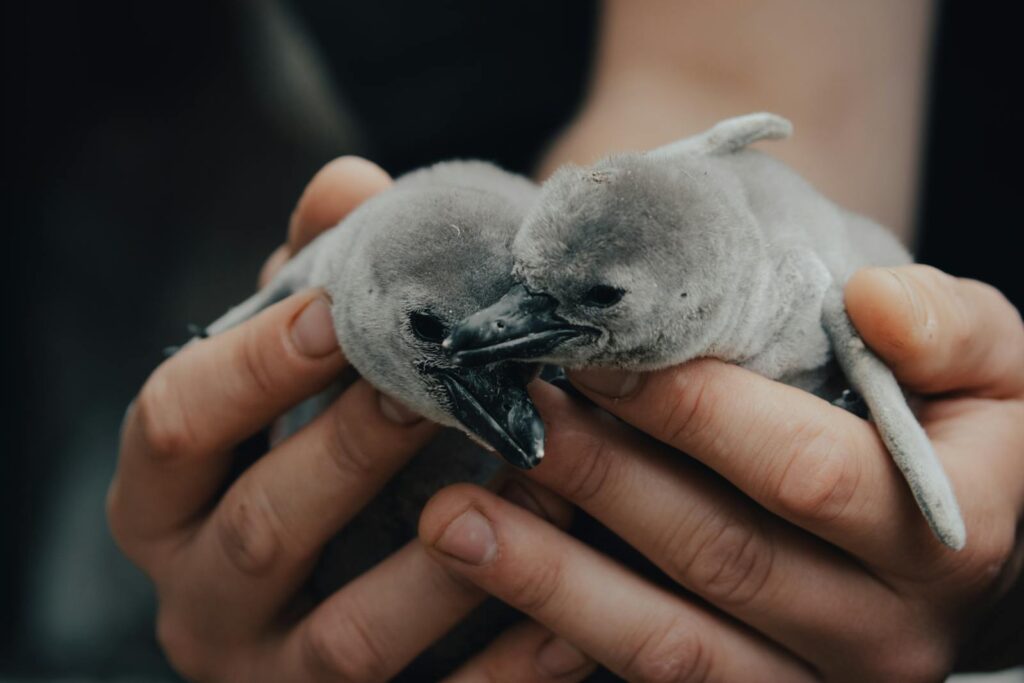
Healthy fledglings exhibit several distinguishing characteristics that can help you determine whether intervention is necessary. They are alert and responsive to stimuli around them, often hopping away when approached too closely. Their feathers appear relatively full, though their tail feathers may still be short, giving them a somewhat stubby appearance. You might observe them actively exploring their environment, attempting short flutter-jumps, or perching on low branches or objects. Most importantly, healthy fledglings will typically have an adult bird checking on them periodically, though you may need to observe from a distance for 30-60 minutes to witness this parental care. The presence of fecal droppings near the fledgling is another positive sign that indicates the bird is being fed regularly by its parents.
How to Observe Without Interfering
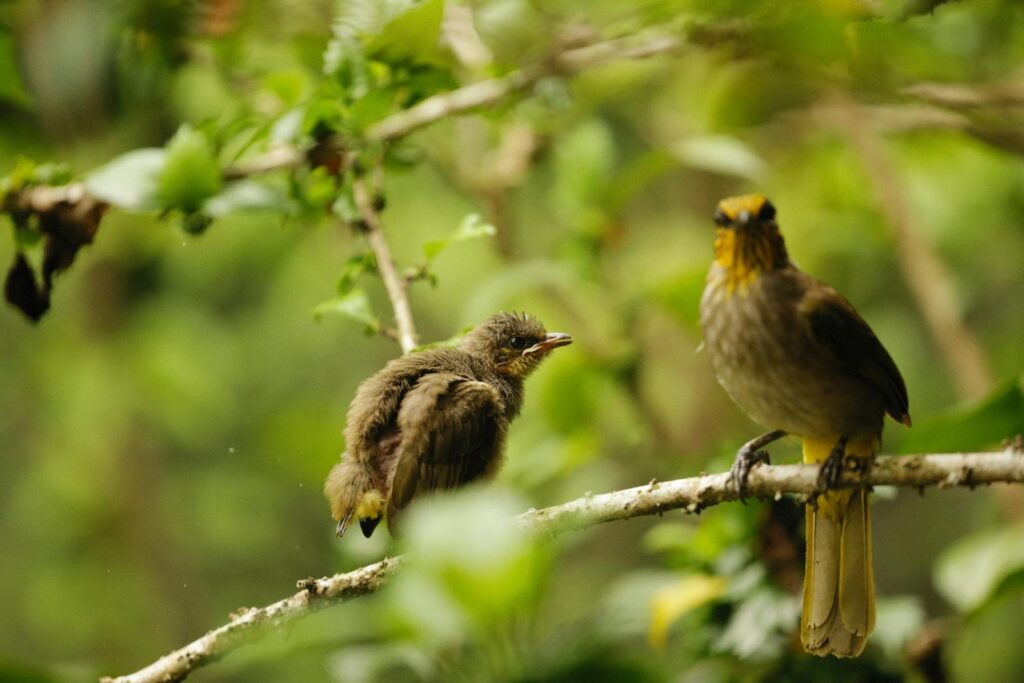
When you discover a fledgling, the best first response is careful observation from a safe distance. Position yourself at least 30-50 feet away, preferably behind a window or hidden spot where your presence won’t stress the bird or deter the parents from returning. Use binoculars if available to monitor the situation without getting too close. Limit your observation period to 1-2 hours, as parent birds may delay feeding if they sense danger nearby. During your observation, look for adult birds of the same species in the vicinity that may be watching or periodically approaching the fledgling. Keep pets and children away from the area to reduce stress on both the fledgling and its parents. Remember that parent birds don’t feed their young constantly, so intermittent feeding visits are normal and not a sign of abandonment.
Immediate Threats Requiring Intervention
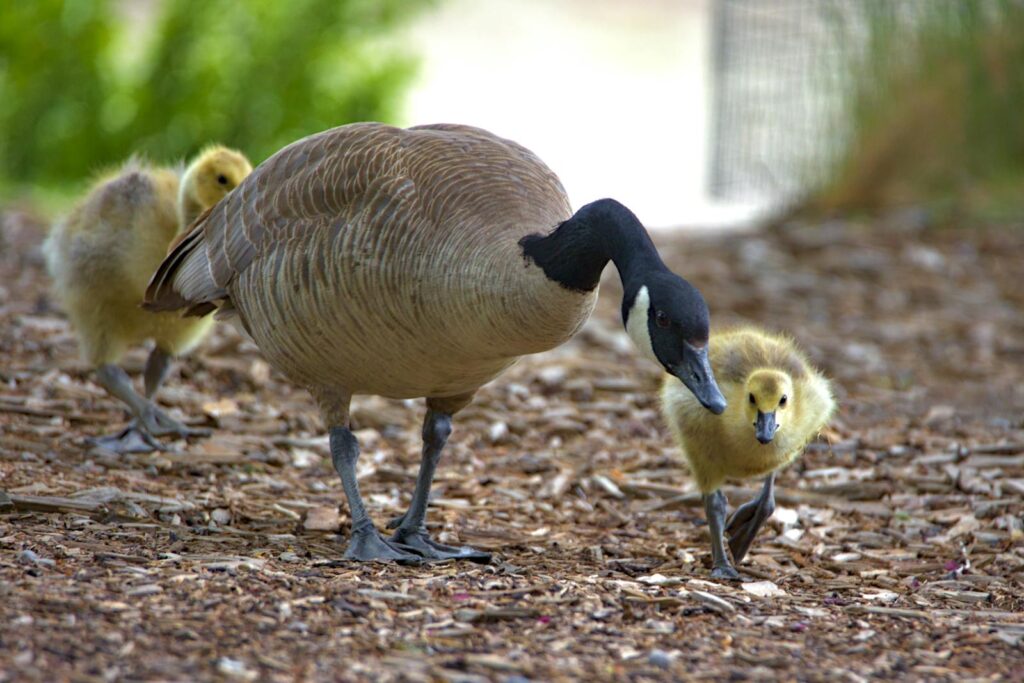
While it’s generally best to leave fledglings alone, certain situations require immediate human intervention to prevent harm. If the fledgling is in imminent danger from traffic, predators, or severe weather conditions, carefully moving it to a safer location nearby is appropriate. A bird that shows visible injuries, such as bleeding, a drooping wing, or evident trauma, needs professional wildlife rehabilitator assistance promptly. Fledglings found with deceased parent birds nearby or in areas where neighborhood cats are actively hunting may also require intervention. Additionally, a young bird that appears lethargic, has closed eyes during daylight hours, or shows no movement when approached closely may be ill or injured and in need of help. In these specific scenarios, the benefits of careful human intervention outweigh the risks of non-intervention.
Safely Moving a Fledgling to a Nearby Safe Location
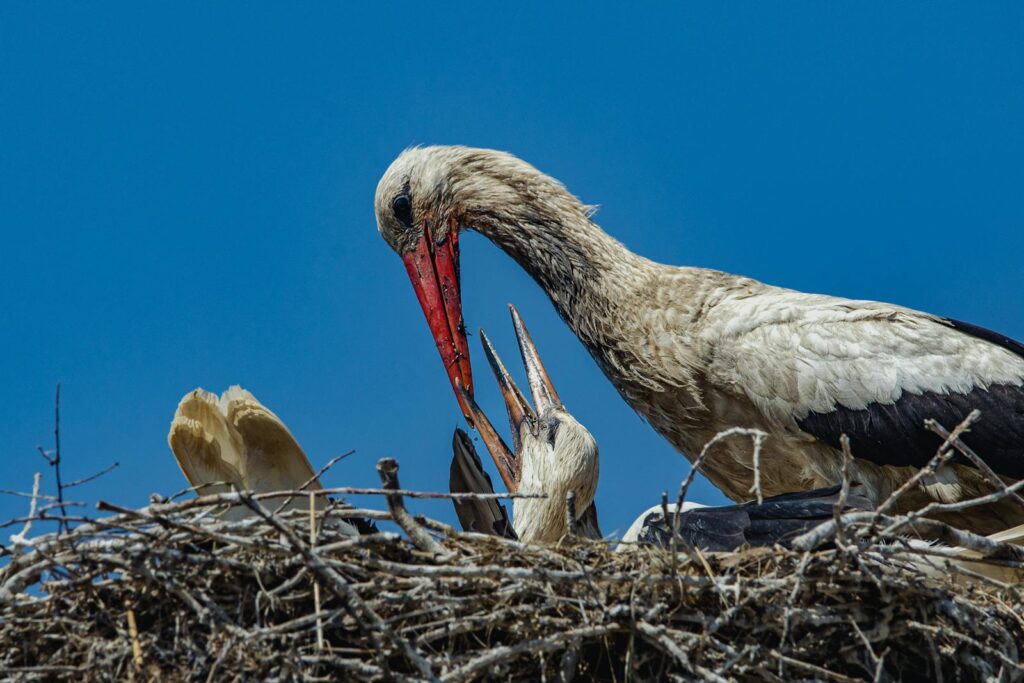
If a fledgling is in immediate danger, moving it to a safer spot within its parents’ territory is sometimes necessary. Begin by gathering clean, dry hands or wearing thin garden gloves to minimize your scent transfer to the bird. Gently pick up the fledgling by cupping it in both hands, supporting its body fully without squeezing. Move the bird to the closest safe location—ideally within 50-100 feet of where you found it—such as under a bush, low tree branch, or shrub that offers some protection from predators and the elements. Place the bird in a spot with good visibility for the parents but away from roads, areas with domestic pets, or high human traffic. After relocating the fledgling, immediately leave the area to allow the parents to return without feeling threatened by your presence.
When to Contact a Wildlife Rehabilitator

Certain situations indicate that a fledgling needs professional care rather than just observation or minor intervention. Contact a wildlife rehabilitator immediately if the bird has visible injuries, appears sick (eyes closed during daylight, fluffed feathers, labored breathing), or if you’ve observed it for several hours with no parent visitation. If the fledgling was attacked by a cat or dog—even if no injuries are visible—professional help is crucial, as animals carry bacteria in their mouths that can cause deadly infections in birds. Additionally, seek professional assistance if the bird is covered in oil, stuck to a glue trap, or contaminated with any chemicals. A good rule of thumb is that if you’re uncertain about the bird’s condition after careful observation, it’s better to call a rehabilitator for advice than to make assumptions about the bird’s well-being.
How to Find a Licensed Wildlife Rehabilitator
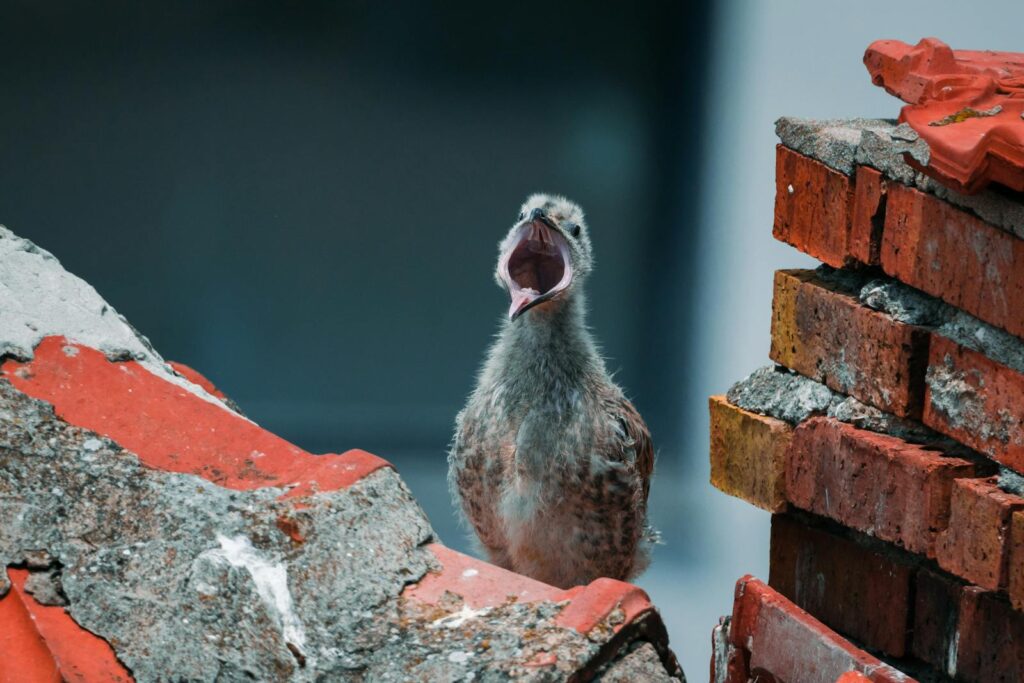
Finding the right professional to help an injured or truly orphaned fledgling requires knowing where to look. Start by searching online directories maintained by your state’s wildlife agency or the National Wildlife Rehabilitators Association, which often provide county-by-county listings of licensed rehabilitators. Many local Audubon Society chapters maintain hotlines specifically for bird emergencies and can connect you with appropriate resources in your area. Veterinary clinics, though not typically equipped to treat wildlife long-term, can often provide emergency stabilization and referrals to rehabilitation specialists. If you’re unable to immediately reach a rehabilitator, some areas have wildlife emergency transport volunteers who can collect the bird and deliver it to appropriate care. Keep multiple contact options ready before handling the bird, as time is often critical when a fledgling truly needs intervention.
Temporary Care Before Transport to a Rehabilitator
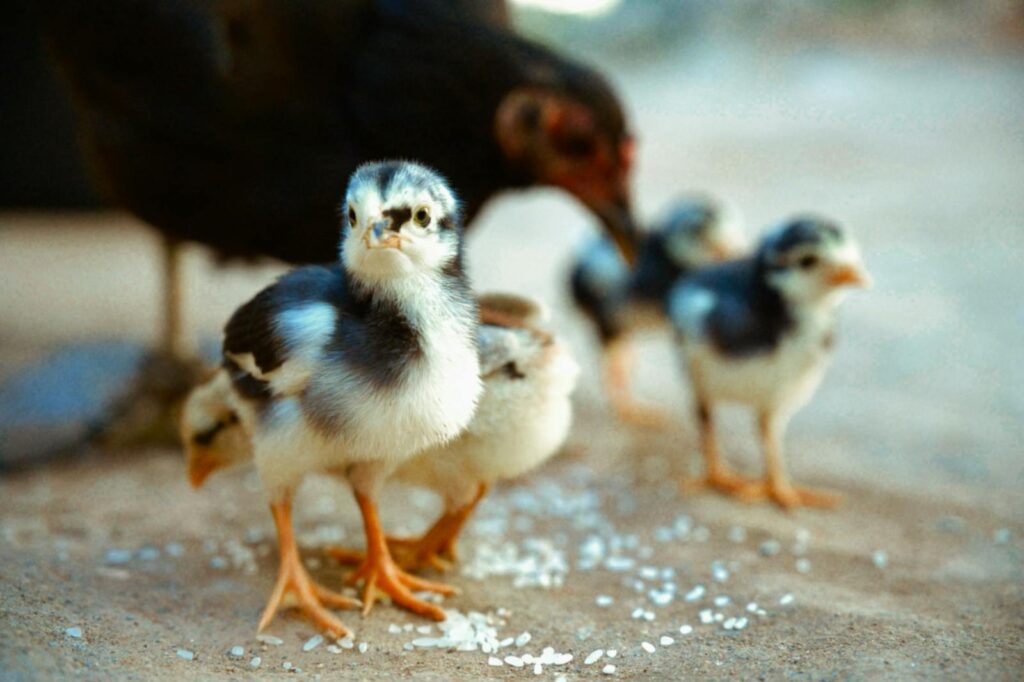
If you must provide temporary care while arranging transport to a wildlife rehabilitator, focus on keeping the bird safe and minimizing stress. Place the fledgling in a small cardboard box lined with a clean, soft cloth or paper towels—avoid using materials with loops that might entangle the bird’s feet. Create several small air holes in the box and secure the lid to prevent escape. Keep the box in a quiet, warm (not hot), dark place away from children, pets, and noise, as darkness helps reduce the bird’s stress level. Do not attempt to feed or provide water to the bird unless specifically instructed by a rehabilitator, as improper feeding can cause aspiration, digestive problems, or even death. Monitor the box periodically without opening it unnecessarily, and transport the bird to professional care as quickly as possible—ideally within 24 hours.
Common Myths About Baby Birds
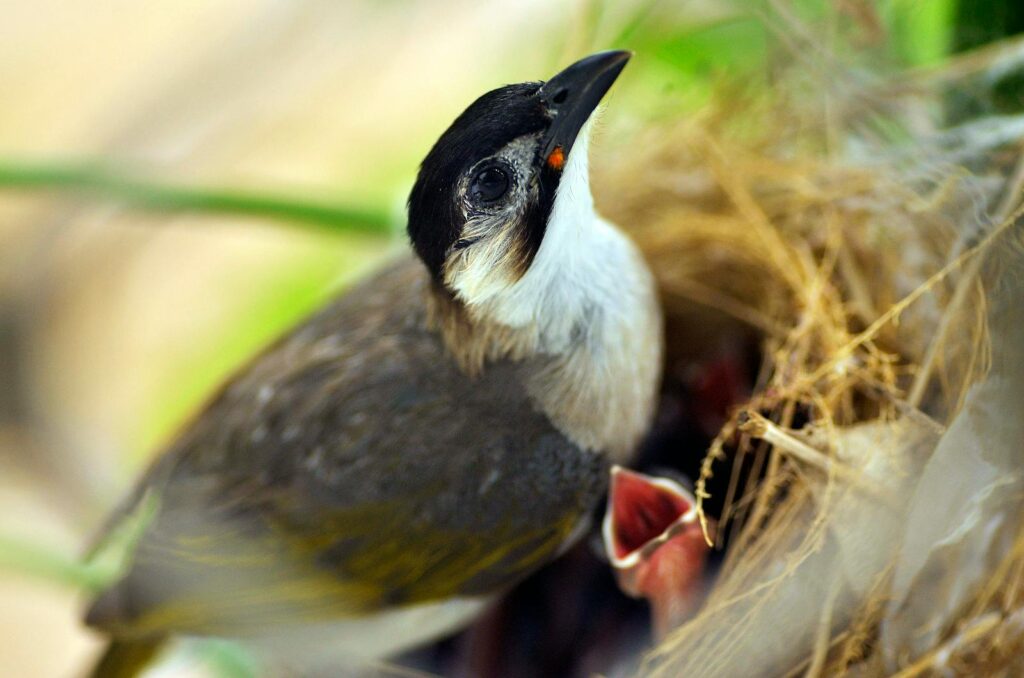
Many well-intentioned actions toward fledglings stem from persistent misconceptions about bird behavior and biology. Contrary to popular belief, human scent will not cause parent birds to abandon their young—birds have a relatively poor sense of smell and are strongly motivated to care for their offspring regardless of brief human handling. Another common myth is that a baby bird on the ground must have fallen from its nest accidentally and needs to be returned; in reality, fledglings leave their nests intentionally as part of normal development. Some people believe that a baby bird alone for several hours has been abandoned, when parent birds may simply be foraging or staying hidden due to nearby threats. Perhaps most harmful is the myth that providing water via eyedropper or offering bread/milk helps baby birds—these well-meaning actions can cause drowning, malnutrition, or fatal digestive issues.
Why You Shouldn’t Try to Raise a Fledgling Yourself
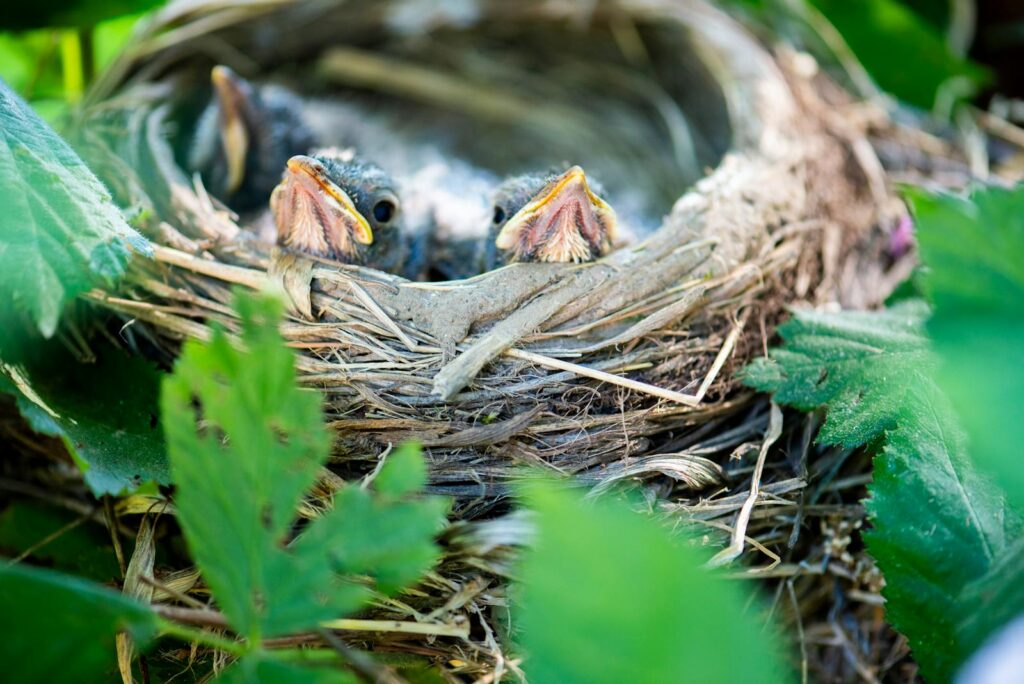
Despite good intentions, attempting to raise a fledgling without professional training almost always ends poorly for the bird. Wild birds require species-specific diets that change as they develop—commercial pet bird food or general wildlife feed lacks the precise nutritional components needed for proper growth and development. Beyond nutrition, parent birds teach critical survival skills that humans simply cannot replicate, such as proper foraging techniques, predator recognition, and species-specific social behaviors. From a legal perspective, it’s worth noting that most native bird species are protected under the Migratory Bird Treaty Act, making it illegal for individuals without permits to possess them, even temporarily, for rehabilitation purposes. Most significantly, birds raised by humans often become irreversibly imprinted or habituated, rendering them unable to recognize their species or survive independently in the wild.
Preventative Measures to Protect Fledglings
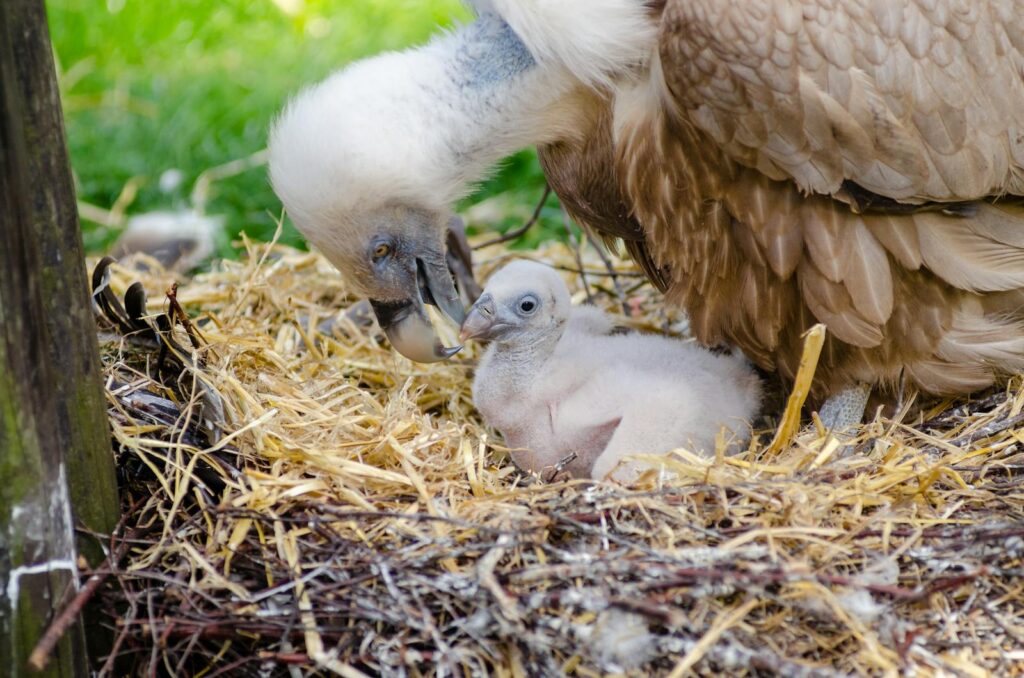
Taking proactive steps during nesting season can significantly reduce the chances of fledglings ending up in dangerous situations. If you have outdoor cats, keep them indoors or in enclosed “catios” during spring and early summer when fledglings are most vulnerable on the ground. Delay major tree trimming and hedge cutting until late summer or fall, after most birds have completed their nesting cycle. Consider placing decals or strings of beads on large windows to prevent bird collisions, which are particularly common with inexperienced fledglings learning to navigate. Installing appropriate birdhouses in your yard provides safer nesting options that may reduce the vulnerability period for some species. Creating a bird-friendly habitat with native plants that provide natural cover gives fledglings more protected spaces to navigate during their vulnerable ground phase.
Teaching Children About Fledglings
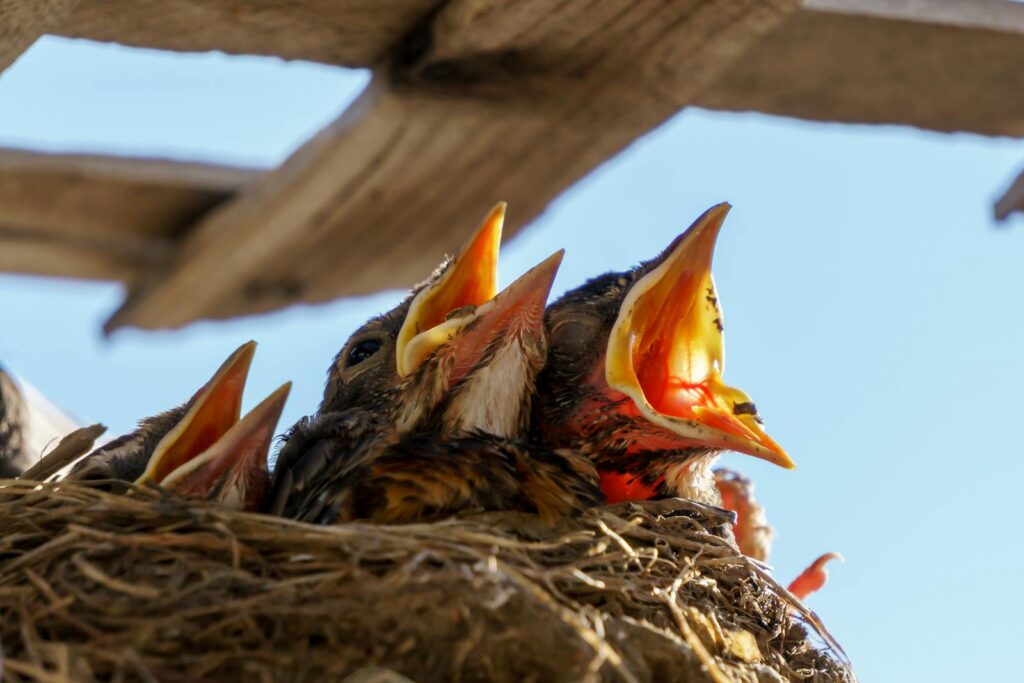
Finding a fledgling can be an excellent educational opportunity for children, teaching them about wildlife, compassion, and responsible stewardship. Explain to children that although the baby bird might seem helpless, its parents are nearby and human interference usually causes more harm than good. Use the experience to discuss the natural life cycle of birds, explaining how the awkward fledgling stage is a necessary part of development, similar to how children must learn to walk before they can run. Involve children in creating a respectful observation post at a safe distance, perhaps using binoculars or a spotting scope to watch the fledgling and potentially see parent birds return. For older children, consider researching the specific bird species together to learn about its lifecycle, diet, and habitat needs, transforming a chance encounter into a deeper learning experience about local wildlife.
Conclusion
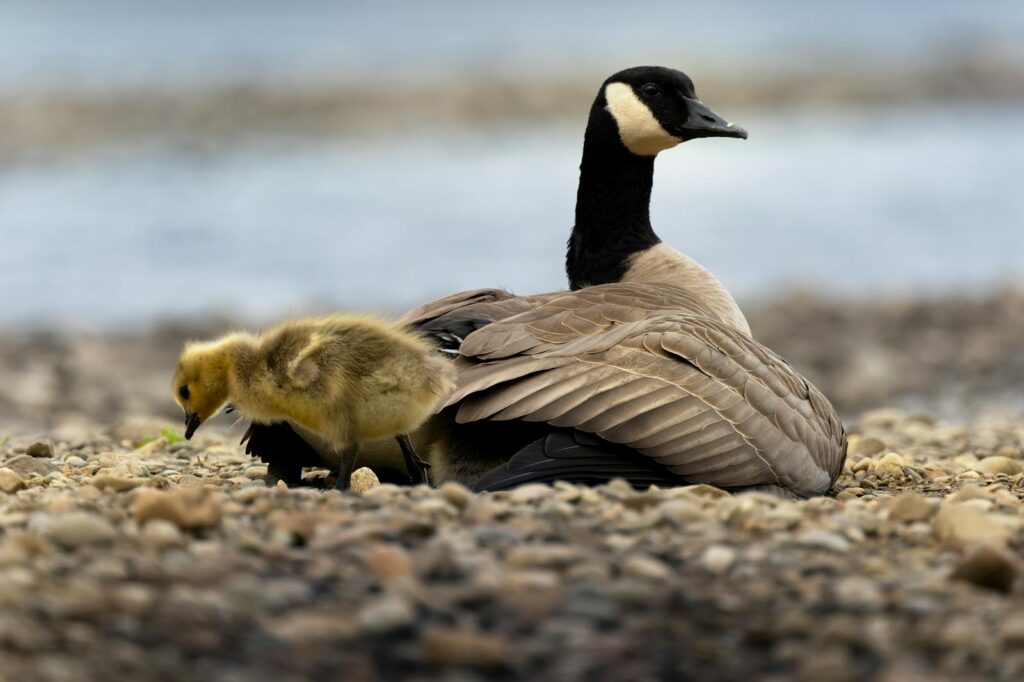
Finding a fledgling on the ground often triggers our instinct to help, but understanding the bird’s developmental stage is crucial for making the right decision. In most cases, a fledgling is exactly where it should be—learning critical skills under its parents’ supervision. By observing before intervening, contacting wildlife professionals when truly necessary, and educating others about this vulnerable life stage, we can ensure these young birds have the best chance at a successful future in the wild. Remember that our well-intentioned help can sometimes be the greatest threat to a fledgling’s survival, while respectful distance often provides the greatest support.
